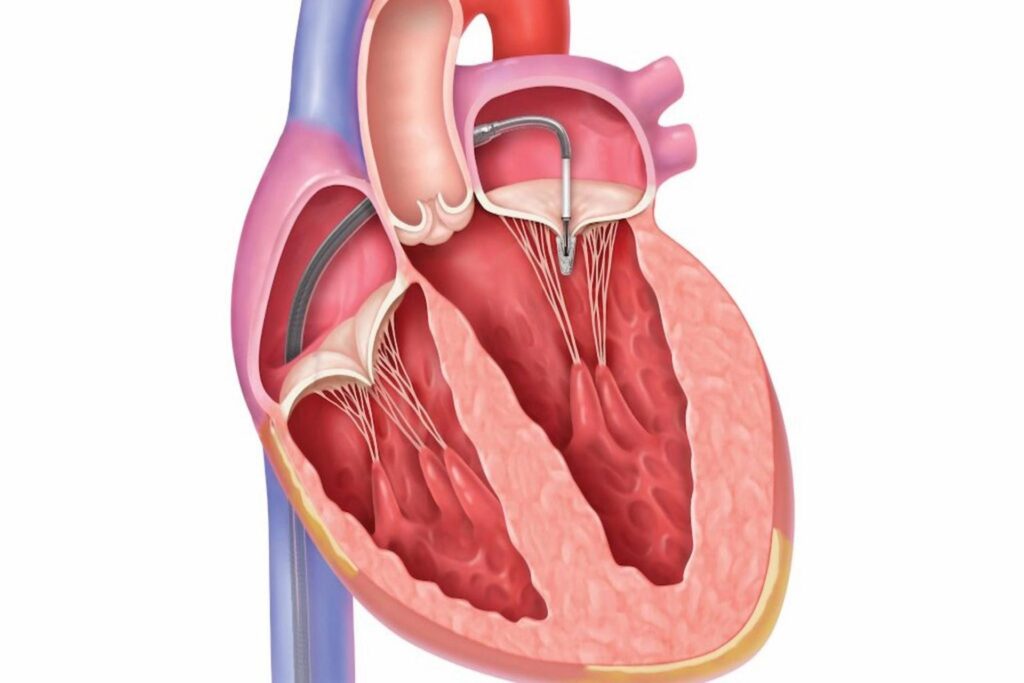There are 4 valves in the human heart which play important roles in maintaining blood circulation. The tricuspid valve connects the right atrium and right ventricle allowing blood to flow into the right ventricle. The valve which regulates the blood flow from the right ventricle to the lungs and then to the left atrium is the pulmonary valve. The mitral valve lets blood flow from the left atrium to the left ventricle. Finally, the aortic valve opens to allow blood flow from the left ventricle to the aorta and then to the entire body.
Heart valve disorders occur when these valves don’t function properly.
Types Of Disorders
Common valve disorders that occur are Mitral stenosis, valve prolapse and regurgitation.
- Stenosis occurs due to narrowing of the mitral valve causing disturbances in blood flow.
- Prolapse occurs when the valves move out from their original position or when they don’t close in a proper manner.
- Regurgitation is the effect of prolapsed blood which causes blood leakage.
Stenosis: When the valve opening becomes narrow, it leads to improper blood circulation.
- When the tricuspid valve opening becomes smaller, full flow of blood from the right atrium to the right ventricle is prevented, causing the atrium to expand.
- During pulmonary valve stenosis, blood that lacks oxygen can’t flow from the right ventricle to the lungs.
- Mitral stenosis can lead to tiredness and breathlessness since there is a reduction in the amount of blood carrying oxygen.
- Aortic valve stenosis can lead to stiffening of the left ventricle.
Prolapse: Slipping out of valve flaps can cause blood leakage backwards and hinder the one way flow of blood.
- When mitral valve prolapse occurs then some volume of blood can leak backward when contraction of the ventricles takes place leading to regurgitation.
- The pulmonary, tricuspid and aortic valve prolapse are rare, unlike mitral valve prolapse.
Regurgitation: This is another disorder that happens when the valves are not closed fully, causing leakages towards the back. When the flow of blood is disturbed, the heart is unable to supply oxygen enriched blood properly to the body.
- Tricuspid valve regurgitation can cause leakage of blood into the right atrium which can cause fluid to build up inside it.
- If the pulmonary valve fails to close properly, the blood might flow back from the lungs into the heart and the flow of oxygen rich blood to the body is interrupted.
- As a result of regurgitation of the mitral valve, some amount of blood flows back into the left atrium and the net amount of blood supplied to the body is less.
- With the regurgitation of the aortic valve, the heart becomes inefficient as it has to increase its pumping capacity to maintain the supply of blood over time.

